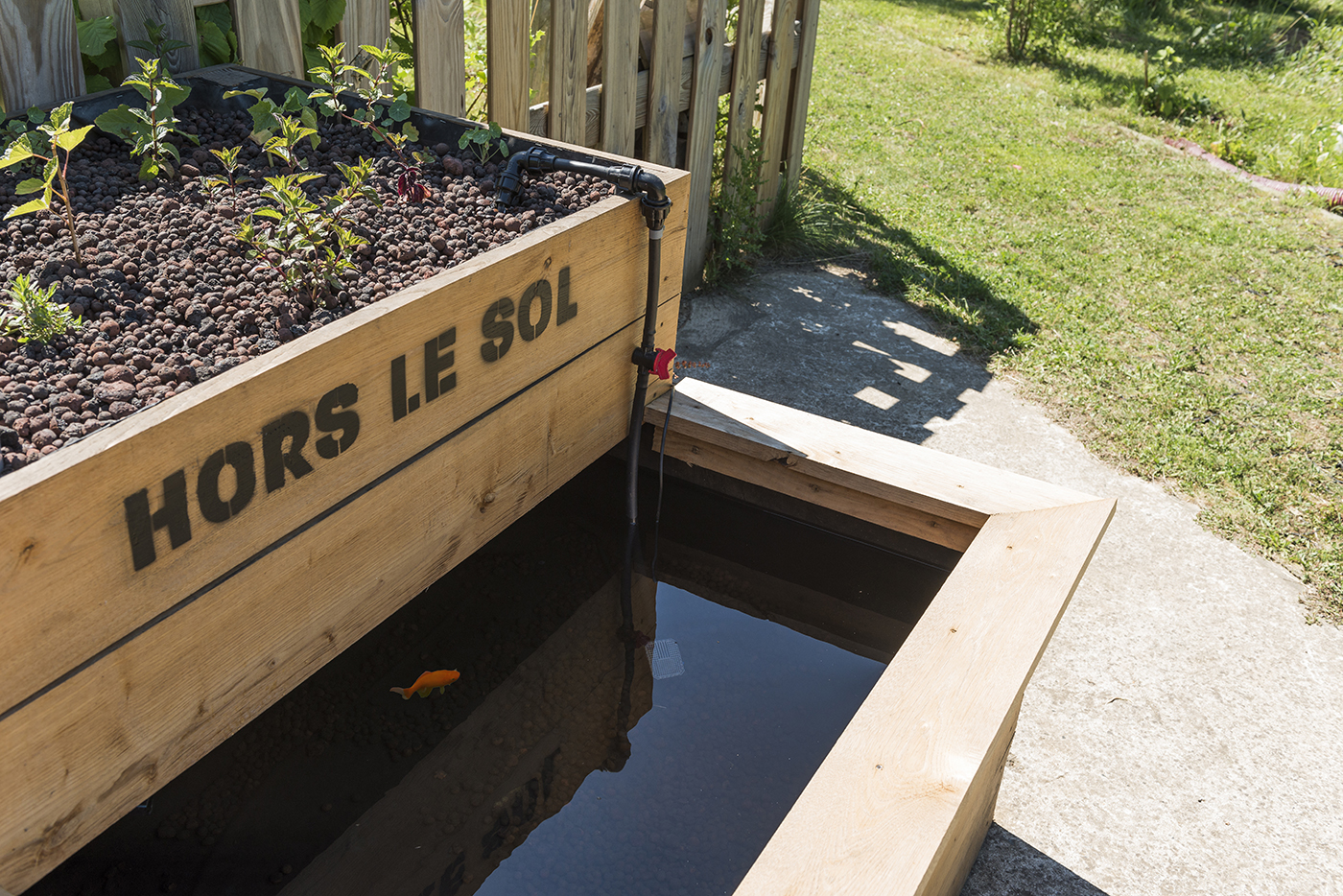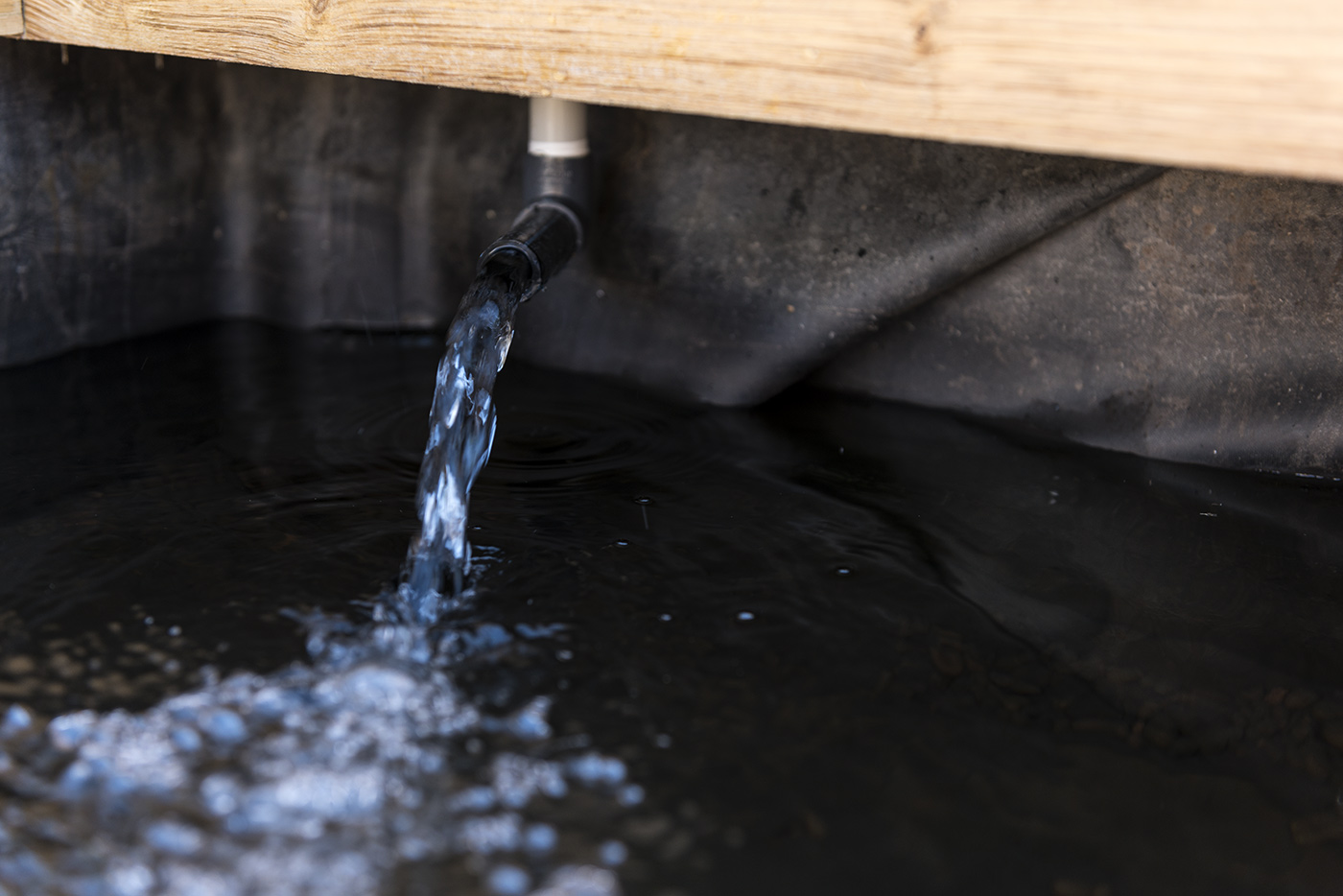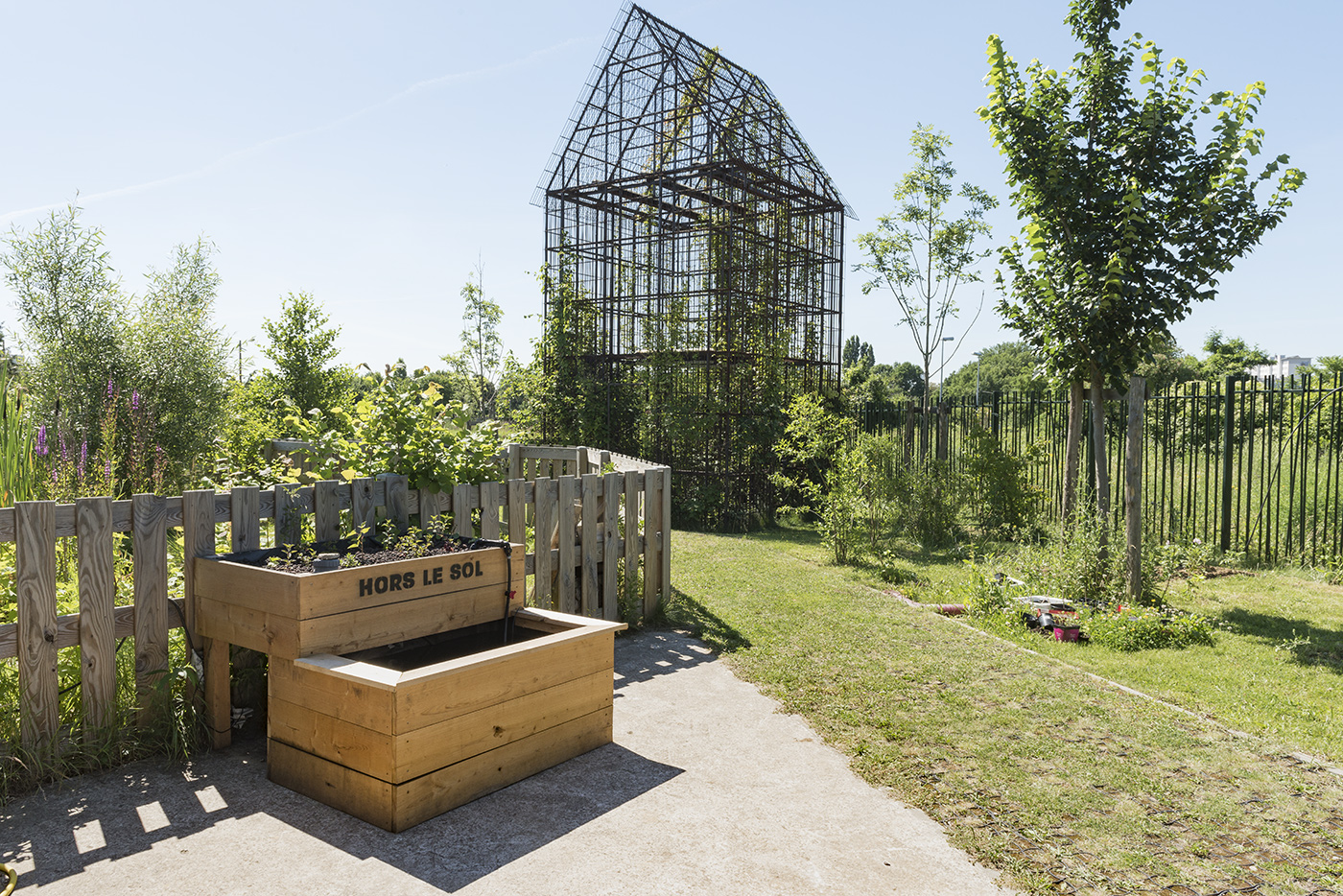Off ground
Since 2009, the Seine-Saint-Denis County Council has been backing “la Culture et l’Art au Collège (CAC)”. This project is based to a large extent on the presence in class for several weeks (40h) of an artist or scientist whose mission is to engage the students in a process of research and creation.
Tutors:
Simon Ronceray, Agronomist
Objectives:
This approach is not merely a diversion or variation of growing plants; it’s newer than that. During this course, we cut out one of the essential elements for growing crops: the input of Mother Earth. The students’ projects went by the name of hydroponics, NFT and aquaponics. In addition to the technical dimension, the idea was also for the group to understand the issues at stake behind these new types of crop cultivation: how to feed constantly growing populations with less and less arable land.
Workshops:
What’s it all about?
The contributor explained how the most widely used innovative techniques work: hydroponics, permaculture and aquaponics. During this phase, the students learned to handle the technical samples essential for these methods: chamber, connectors, lighting, seeds, etc. and the main issues for urban farming were also addressed both as a vehicle for ecological transition and also its objectives (food production, biodiversity, environmental events, technological challenges, etc.), and limitations due to the lack of available land and the pollution currently observed in cities.
Real Situation
To appreciate the originality of the processes to be implemented, a trip was organised to 3 sites that use integrated or alternative farming methods: Paris’ City Farm, the roof at Agroparistech and urban vegetable gardening in Vitry-Sur-Seine. Back in the classroom, the students had to design three installations: they chose the plants they wanted to grow (flowers, vegetables, herbs, fruit, etc.), and then paired each crop with a technique and defined the tools and medium required to grow it. The three projects were written up in a general document. To conclude, the class voted to decide which technique they were going to use in a real situation.
Blossom and Multiply
The class chose the technique of aquaponics; divided into groups, the students carried out the module (testing, installing equipment, choosing seeds, etc.). In order to test the merit of this approach, the students then set up a second version of the plantations, but this time in a “traditional” form. The two versions were installed in the school garden and monitored by the class (measurements, photographs, etc.). During this phase, visits to the “test site” were organised for the other students
Showcase:
On June 21st 2018, the first day of summer, the students opened their plantations to the public who were able to explore their aquaponics installation, examine the “control” plants and examine a series of documents, especially visual documents, retracing the evolution of these installation-plantations over the previous two months.
Outings:
- Agroparistech rooftop plantation
- Paris City Farm
- Urban Vegetable Garden, Vitry-Sur-Seine
Participating school:
- Class 5ème, Collège Cesaria Evora, Montreuil
Photos: PIERRE ANTOINE




